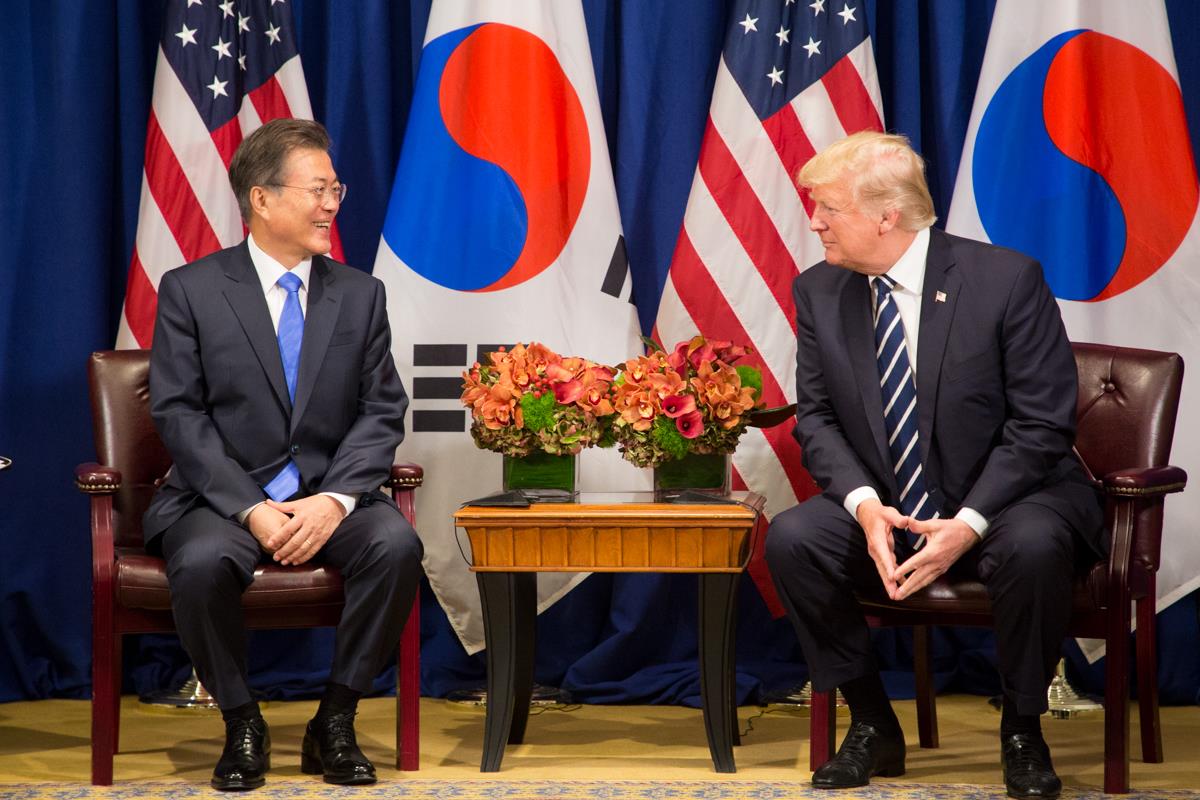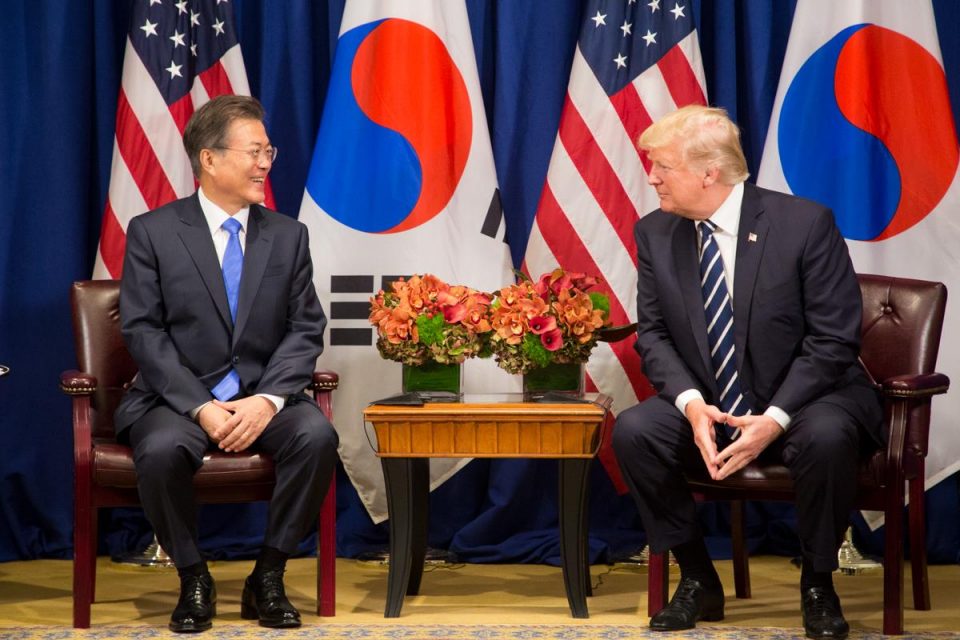
Introduction: Summitry in Asia
2018 in Asia could well be called The Year of the Summit, with the most dramatic centered on the Korean Peninsula: Kim Jong Un’s meetings with Xi Jinping, Moon Jae-in and Donald Trump. Casting our gaze more broadly, of course, we find that both bilateral and multilateral summitry is by no means limited to the Korean question. Summits in the last two years between Xi Jinping and Donald Trump, Vladimir Putin and Shinzo Abe have also been important markers in the evolving diplomatic landscape in the region. Multilateral summitry gets attention not only for “what happens” but “who comes.” Trump’s decision not to return to Asia this fall for the triad of the ASEAN summit, East Asia Summit and APEC forum again raised eyebrows, particularly given Washington’s ill-fated efforts to articulate an Indo-Pacific strategy that appeared to openly seek containment of China. Meanwhile, “Asia-only” summits such as the China-Japan-Korea and Shanghai Co-operation Organization meetings march forward, as do intra-Asian trade pacts, most notably the Regional Comprehensive Economic Partnership (RCEP) and China’s ambitious, continental Belt and Road Initiative.
Cover Package
Yet, as Richard Feinberg and Stephan Haggard point out in this cover package’s opening article, we know surprisingly little about which summits are more or less likely to generate enduring agreements. They argue that the summit itself may play much less of a role in the success than the preparatory and especially implementation phases, when the stage lights dim and attention turns elsewhere. This is apparent not only in issues involving the Korean Peninsula, but also in criticisms of the APEC and ASEAN-led summit processes as perennial “talking shops.” The rest of the articles discuss what summitry has yielded. Bridget Coggins and Jeffrey Lewis provide American perspectives on the political and technical dimensions of the US-North Korea summit process. Coggins argues that authoritative leaders and crisis conditions at least partly offset the lack of preparation prior to Singapore. Yet she expresses doubt about future progress unless the more substantive North-South process is made more central to the US effort. Lewis outlines the unrealistic expectations forged in Singapore and how a more plausible nuclear agreement might look, stressing the difficulty of implementing the summit’s lofty ambitions. His takeaway: partial agreements to cap capabilities are better than holding out for a complete verifiable denuclearization and significant missile reduction that won’t come. Kuyoun Chung outlines the complexities of Moon Jae-in’s diplomacy, which has played a central role in the unfolding drama. She shows how Moon must navigate between two unpredictable interlocutors, Trump and Kim, and argues that Moon has tried to keep the US engaged by securing at least minimal concessions from Pyongyang while trying to carve out an independent political space for a robust North-South diplomatic process. Chae-jin Lee reviews the logic of Xi’s shifting approach to North Korea — from hesitant alliance partner to pivotal player through imposing sanctions, and back again. Lee notes how Chinese commitment is ultimately embedded in a larger diplomatic game with the US. Finally, Yoshihide Soeya considers the Japanese role, outlining the difficult history of two earlier summits between Junichiro Koizumi and Kim Jong Il. Although Japan is arguably the most adversely affected by North Korean nuclear and missile capabilities, Abe’s ability to interject Japan into the process is limited.
In Focus
A second set of articles, in our In Focus section, deals with the regional economic architecture, starting with Gregory Chin on the processes that have grown out of ASEAN summit diplomacy. Against the backdrop of Trump pulling the US out of the Trans-Pacific Partnership, Chin focuses on the negotiations over RCEP. He raises the fundamental issue of whether the region’s institutions will be trans-Pacific — thus inevitably involving a degree of US leadership — or “Asian only,” inevitably giving China more clout. Inter-Asian economic diplomacy is more robust than many may think. Zhang Muhui considers the prospects for the China-Japan-South Korea trilateral summit process, which has provided some diplomatic opportunities to smooth tensions. But it has also proven unable to push along the ambitious economic undertaking that a free-trade agreement among these three would represent. Finally, attention must be paid to whether China is now in a position to build its own institutions in the region and beyond, and how far they fit or don’t fit with the multilateral institutions that currently appear at risk. Xiaoming Zhangprovides a perspective on one that gets too little attention in the west, the Shanghai Co-operation Organization, and its ambitions for greater Russian and Chinese co-operation in the Eurasian space. Yet more ambitious is the Beijing-led Belt and Road Initiative, which has also recently adopted a summit format. Jiying Jiang and Weiyi Shi ask what it says about future Chinese diplomacy, including the domestic political imperatives driving Xi’s strategy. Central findings: Chinese institutions appear to have a strong hub-and-spoke structure rather than a true multilateral form, and domestic objectives — showing leadership on the world stage — may be as important as the substance.
The articles here have their origin in a conference on Oct. 29, 2018, at the University of California, San Diego, sponsored by the School of Global Policy and Strategy, the Korea-Pacific Program and The Asia Research Fund with support from the Pacific Century Institute. They end up giving summitry mixed marks. As the Moon-Kim and Trump-Kim summits showed, these meetings can provide moments of breakthrough and create momentum for addressing longstanding historical issues. Summits can build trust and provide for communication among leaders. But it is a mistake to believe that they can finesse fundamental conflicts of interest, as the recent APEC summit showed. With respect to both the Korean Peninsula, economic issues in the region, and the wider strategic setting raised by the APEC process, summits are not the end of hard bargaining, but typically only the beginning.
By Myung Hwan Yu,Stephan Haggard
(Global Asia)



